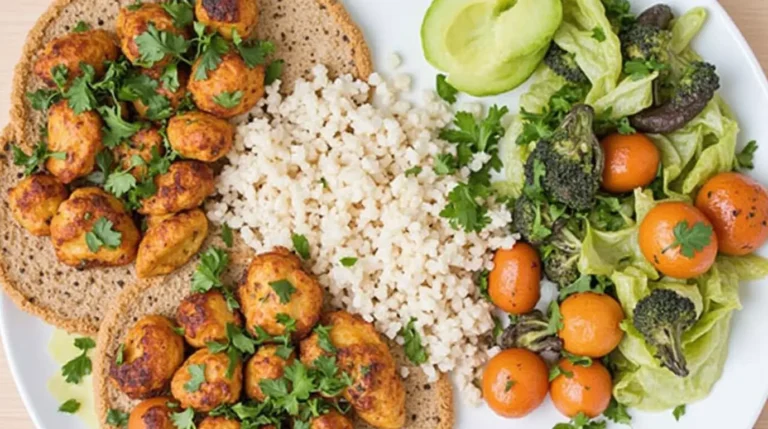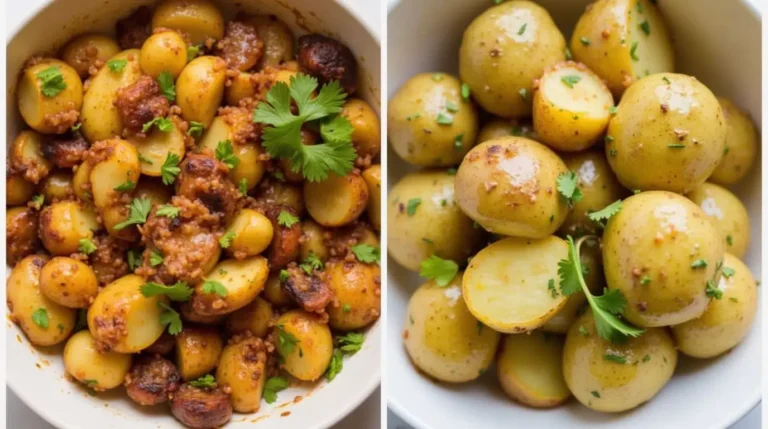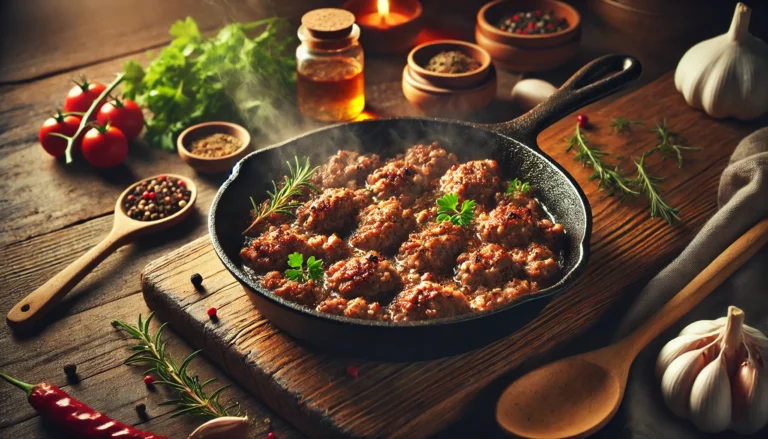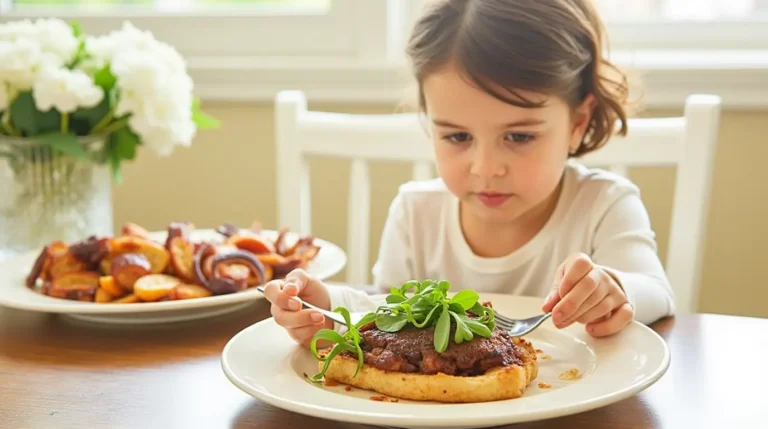Learning how to say breakfast, lunch, and dinner in Spanish is an essential step for anyone looking to master the language. Meals are at the heart of daily life, and understanding mealtime vocabulary not only helps you order food at restaurants but also connects you to the rich cultural traditions of Spanish-speaking countries. In this guide, we’ll cover the Spanish words for breakfast, lunch, and dinner, explore cultural nuances, and provide practical tips for mastering this vital aspect of the Spanish language.
Table of Contents
How to Say Breakfast, Lunch, and Dinner in Spanish
One of the first things you’ll learn when talking about meals in Spanish is how to say the words for breakfast, lunch, and dinner:
1. Breakfast: Desayuno
In Spanish, “breakfast” is translated as desayuno. This word comes from the verb desayunar, meaning “to have breakfast.”
- Example: ¿Qué hay de desayuno? (What’s for breakfast?)
2. Lunch: Almuerzo or Comida
“Lunch” is commonly referred to as almuerzo in many Spanish-speaking countries. However, in Spain, lunch is often called comida, which translates directly to “food.”
- Example: Vamos a almorzar a las dos. (We’re having lunch at two.)
3. Dinner: Cena
“Dinner” in Spanish is cena, and the verb associated with it is cenar, meaning “to dine.”
- Example: ¿A qué hora es la cena? (What time is dinner?)
Differences Across Regions
The words for meals can vary slightly across Spanish-speaking regions. For example:
- In Mexico, almuerzo can sometimes refer to a mid-morning snack, while comida is used for lunch.
- In Argentina, merienda (an afternoon snack) often takes precedence over a large dinner.
Understanding these nuances can make your conversations more culturally accurate and relatable.
Common Spanish Mealtime Phrases and Vocabulary
Once you’ve mastered the basic terms for meals, it’s time to expand your vocabulary with useful phrases and words that will help you navigate mealtime conversations. Here are some essential phrases to know:
1. Key Phrases for Meals
- ¿Qué hay para [desayuno/almuerzo/cena]? – What’s for [breakfast/lunch/dinner]?
- ¿Podemos ver el menú? – Can we see the menu?
- Quisiera pedir [plato]. – I’d like to order [dish].
2. Common Food Items
- Huevos – Eggs
- Pan – Bread
- Sopa – Soup
- Pollo – Chicken
- Pescado – Fish
- Arroz – Rice
3. Mealtime Expressions
- ¡Buen provecho! – Enjoy your meal!
- Tengo hambre. – I’m hungry.
- Estoy lleno/llena. – I’m full.
Using these phrases in context will not only improve your vocabulary but also make your interactions smoother and more natural.

Cultural Differences in Spanish Meal Times
One of the fascinating aspects of Spanish-speaking cultures is how meal times and traditions vary from country to country. Let’s explore some of these cultural differences.
1. Spain: Late Meals and the Importance of Lunch
In Spain, meal times are later than in many other countries:
- Breakfast (Desayuno): Often a light meal of coffee and a pastry, eaten between 7:00 AM and 9:00 AM.
- Lunch (Comida): The largest meal of the day, served between 2:00 PM and 4:00 PM.
- Dinner (Cena): A lighter meal, eaten around 9:00 PM or later.
The concept of a siesta, a short rest after lunch, is still observed in some regions.
2. Latin America: Heartier Breakfasts and Earlier Dinners
In Latin American countries, meal times tend to be more aligned with North American schedules:
- Breakfast: Can be more substantial, including items like eggs, beans, and tortillas.
- Lunch: A large meal similar to Spain’s lunch, often accompanied by soup, rice, and meat.
- Dinner: Usually lighter and eaten earlier, around 7:00 PM or 8:00 PM.
3. Special Traditions
- Merienda: In Spain and many Latin American countries, this refers to an afternoon snack, such as tea and pastries.
- Tapas: In Spain, small dishes often replace a full dinner during social outings.

Traditional Foods for Breakfast, Lunch, and Dinner in Spanish
Learning about the typical dishes served for each meal can deepen your understanding of Spanish-speaking cultures. Here are some popular dishes to try:
1. Breakfast (Desayuno)
- Churros con Chocolate: Fried dough sticks served with thick hot chocolate.
- Tostadas: Toasted bread topped with tomato, olive oil, and sometimes ham.
- Café con Leche: Coffee with milk, a breakfast staple.
2. Lunch (Almuerzo/Comida)
- Paella: A rice dish with seafood, chicken, or vegetables, originating from Valencia.
- Gazpacho: A cold tomato-based soup, perfect for hot weather.
- Tortilla Española: A thick potato and egg omelet.
3. Dinner (Cena)
- Tapas: Small plates, including dishes like croquetas, patatas bravas, and jamón serrano.
- Croquetas: Breaded and fried bites filled with ham or cheese.
- Ensalada Mixta: A mixed salad often served as a light dinner.
Regional Variations
- In Mexico, breakfast may include chilaquiles (tortilla chips with salsa and toppings), while dinner might feature tacos or pozole (a hearty soup).
- In Argentina, empanadas and asado (grilled meats) dominate lunch and dinner tables.
Practical Tips for Talking About Meals in Spanish
Knowing the vocabulary is only part of the equation. Here are some practical tips to help you confidently talk about meals in Spanish:
1. Asking About Food Preferences
- ¿Eres vegetariano/vegetariana? – Are you vegetarian?
- ¿Tienes opciones sin gluten? – Do you have gluten-free options?
2. Polite Language When Ordering
- Use quisiera (I would like) instead of quiero (I want) for a more polite tone.
- Example: Quisiera una mesa para dos, por favor. (I would like a table for two, please.)
3. Resources for Practice
- Language Apps: Duolingo, Babbel, or Rosetta Stone can help you learn food-related vocabulary.
- Phrasebooks: Carry a small Spanish phrasebook when traveling.
- Conversational Meetups: Join language exchange groups to practice ordering and discussing meals in Spanish.
4. Common Mistakes to Avoid
- Confusing almuerzo with comida (understanding regional differences is key).
- Using singular instead of plural for dishes (e.g., “quiero huevo” instead of “quiero huevos”).
Conclusion
Learning how to say breakfast, lunch, and dinner in Spanish opens the door to richer travel experiences, better communication, and a deeper appreciation for Spanish-speaking cultures. By mastering the vocabulary, exploring regional traditions, and practicing mealtime phrases, you’ll feel more confident engaging in conversations about food and dining.






